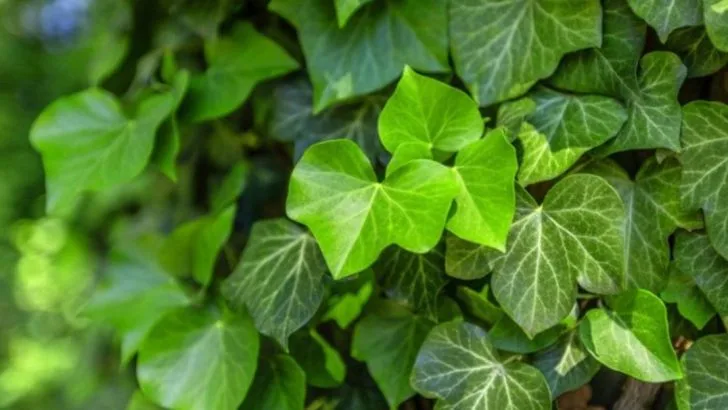Not all plants belong in your garden—some wild species may seem beautiful or harmless at first but can quickly become a nightmare to control. Whether they spread aggressively, damage local ecosystems, or attract unwanted pests, certain wild plants can do more harm than good.
Many of these species are considered invasive, meaning they can overtake your garden, choke out native plants, and even harm surrounding wildlife. Others might be toxic to pets or humans, release harmful chemicals into the soil, or require constant maintenance to keep from taking over.
In this article, we’ll highlight 20 wild plants you should never plant in your garden—and explain why avoiding them will save you time, effort, and frustration in the long run.
Japanese Knotweed
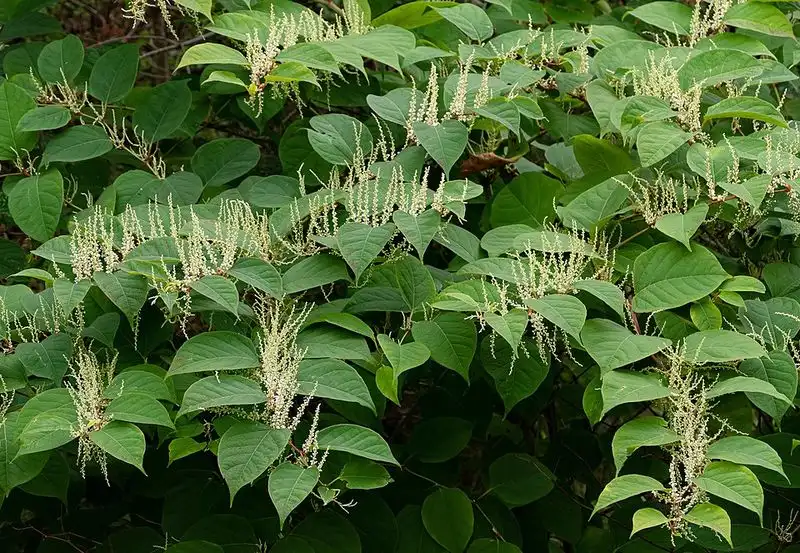
Japanese Knotweed may seem innocuous with its bamboo-like stems and small white flowers. However, appearances deceive, as it spreads aggressively. Its roots can travel several meters, undermining nearby structures. The plant is notorious for damaging roads and buildings. Control becomes a costly affair, often needing professional removal services. Once established, it forms dense thickets that block out light for native plants, causing ecological imbalance. Even a small piece left in the soil can regenerate, making eradication challenging. Avoid planting this invasive species to save yourself from future regret.
English Ivy
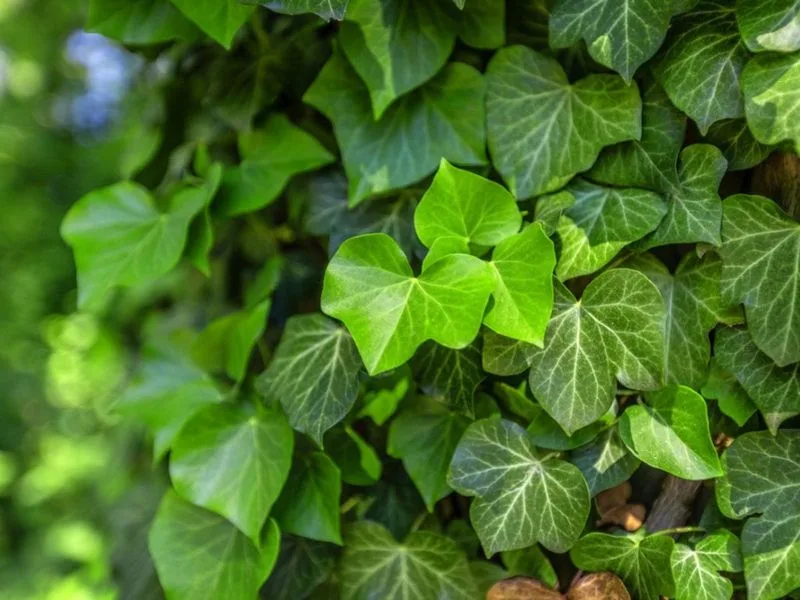
English Ivy is often admired for its evergreen leaves and ability to climb structures effortlessly. However, its charm can turn into a curse when left unchecked. The plant’s aggressive climbing can damage walls and roofs, leading to costly repairs. Its dense foliage blocks sunlight, inhibiting the growth of other plants. Additionally, it’s a haven for pests and can harbor mold, posing health risks. Removing English Ivy is labor-intensive as every root must be eliminated to prevent regrowth. It’s wise to consider alternative ground covers.
Bamboo
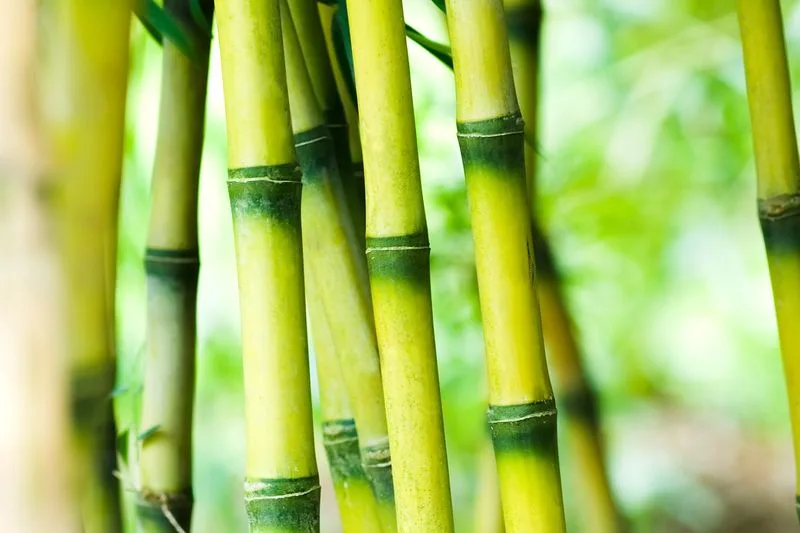
Bamboo might conjure images of serene Asian landscapes, yet in a garden, it can be relentless. Known for rapid growth, it can reach towering heights quickly. Its underground rhizome system spreads aggressively, often invading neighboring properties. Containment requires deep barriers, which can be expensive and laborious. Without proper management, bamboo can overshadow other plants, depriving them of essential nutrients. Once established, removal is tough, often necessitating professional help. Consider its invasive nature before planting.
Purple Loosestrife
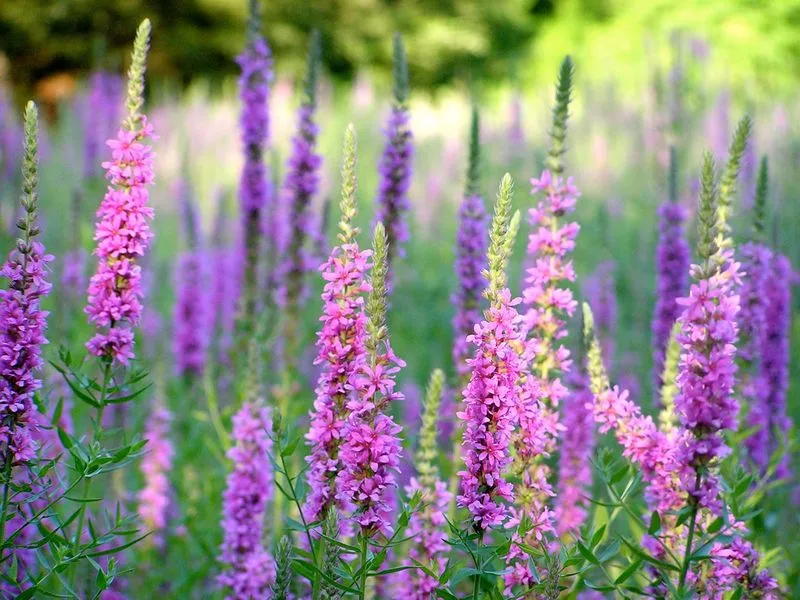
Purple Loosestrife dazzles with its striking purple flowers, often found in wetlands. Yet, beneath its beauty lies a threat to biodiversity. It invades water bodies, altering habitats and displacing native species. Once established, it forms dense stands that are hard to eliminate. The plant’s ability to produce millions of seeds ensures its persistence. Manual removal is labor-intensive, and chemical control can harm the environment. For those seeking to preserve local ecosystems, it’s best to admire this plant from afar.
Giant Hogweed
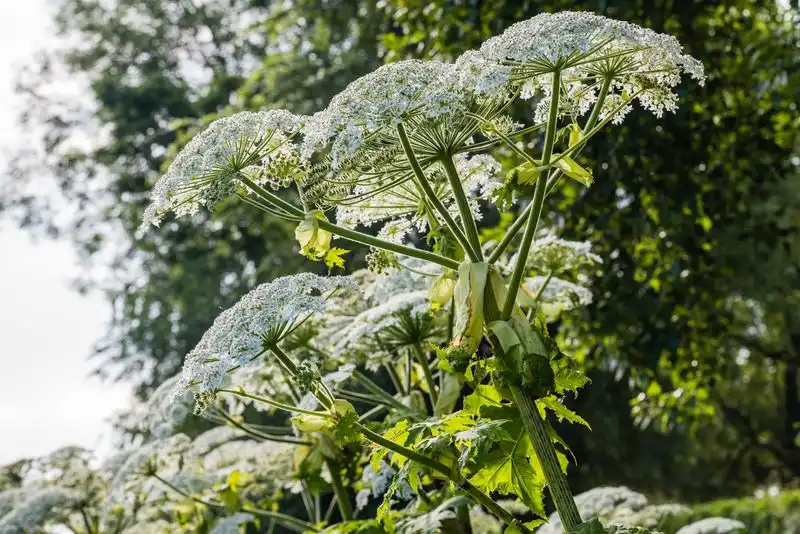
Giant Hogweed is infamous for its towering presence and phototoxic sap. Contact with its sap can cause severe skin burns and blisters, making it a hazard in any garden. Besides its health risks, it spreads rapidly, outcompeting native flora. The plant’s height and dense canopy shade out smaller plants, reducing biodiversity. Controlling Giant Hogweed is challenging, requiring protective clothing and often chemical treatments. Its seeds remain viable for years, complicating eradication efforts. Caution is key when dealing with this imposing invader.
Garlic Mustard
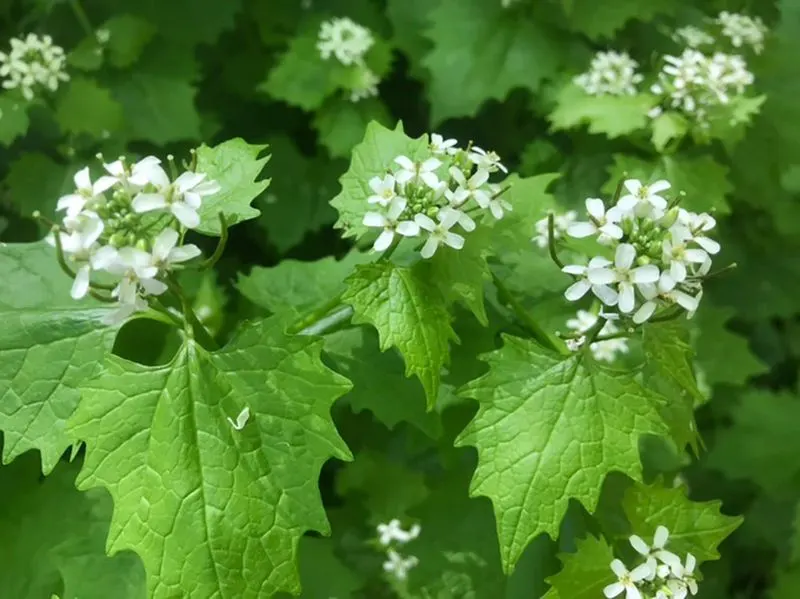
Garlic Mustard may seem harmless with its small white flowers and mild garlic scent, but it’s a formidable invader. This biennial plant spreads quickly, forming dense mats that suppress native plants. It releases chemicals into the soil, hindering the growth of surrounding species. The plant’s prolific seed production ensures its persistence, making removal labor-intensive. Garlic Mustard’s impact on native flora and fauna is well-documented, threatening forest ecosystems. Gardeners should think twice before allowing this plant to take root.
Bindweed
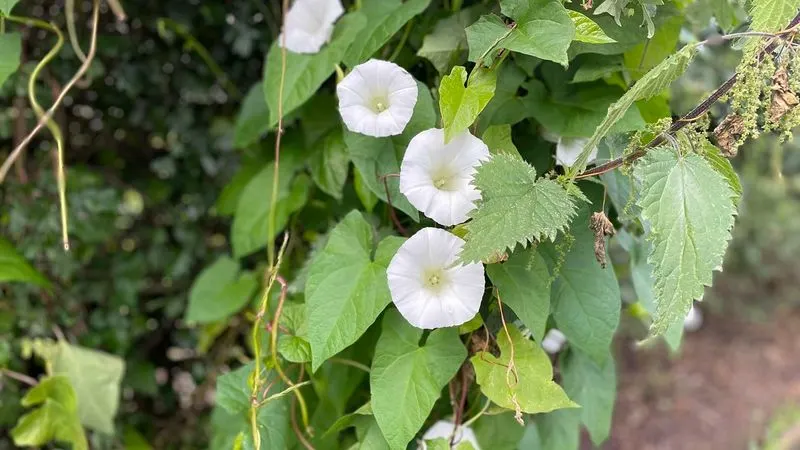
Bindweed is a twining plant that can choke the life out of other garden residents. Its rapid growth and ability to climb over plants make it particularly problematic. The white, trumpet-shaped flowers may look pretty, but they conceal the plant’s invasive nature. Once established, bindweed is difficult to eradicate due to its deep-rooted system. It can regenerate from small root fragments, necessitating persistent removal efforts. Gardeners should be wary of its charming facade and consider less aggressive alternatives.
Kudzu
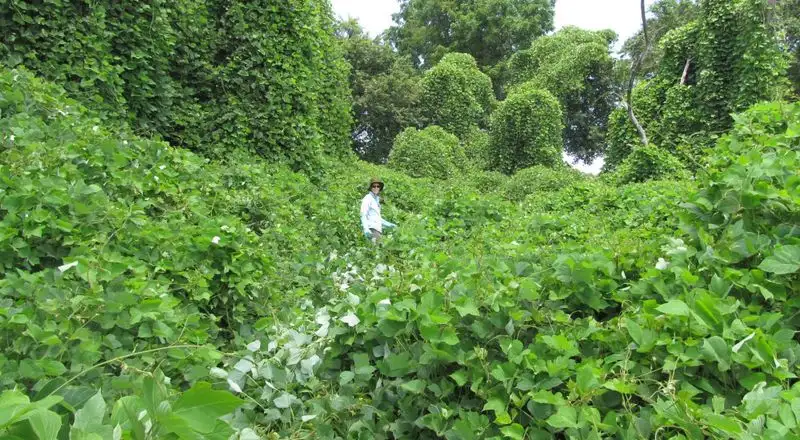
Kudzu is often dubbed “the vine that ate the South” due to its aggressive spread. Its large leaves and fast-growing vines can cover entire landscapes, smothering trees and buildings. In gardens, it quickly outcompetes other plants, leaving little room for diversity. Kudzu’s ability to fix nitrogen further enhances its invasiveness, altering soil conditions. Controlling this vine requires diligent monitoring and repeated cutting back. Without intervention, kudzu can become an overwhelming presence, making it a plant best avoided.
Lantana
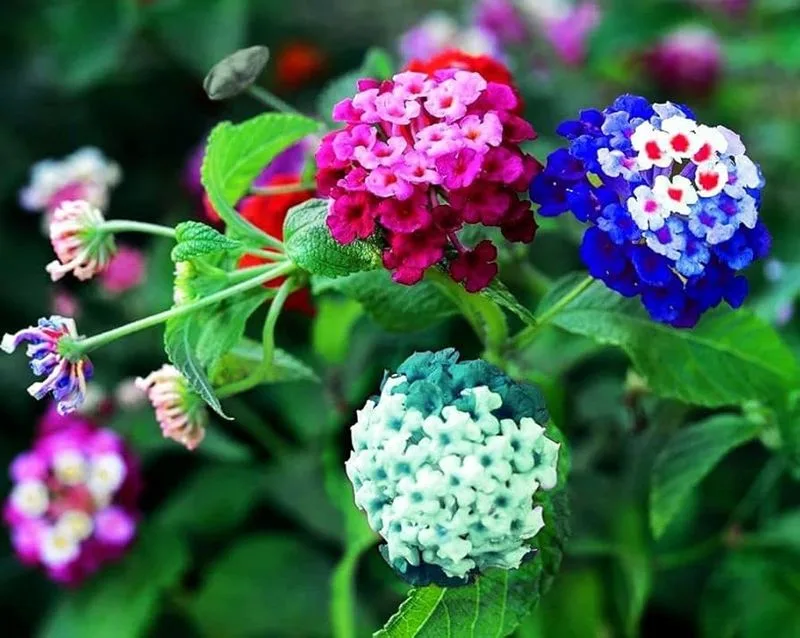
Lantana captivates with its vibrant flower clusters, drawing attention in any garden. However, this beauty comes with a price. It’s highly invasive, forming dense thickets that crowd out native plants. The plant’s toxicity poses a risk to pets and livestock, with berries potentially fatal if ingested. Lantana’s hardiness and adaptability make it difficult to control once established. For gardeners seeking a safe and harmonious environment, choosing non-invasive alternatives is a wise course of action.
Morning Glory
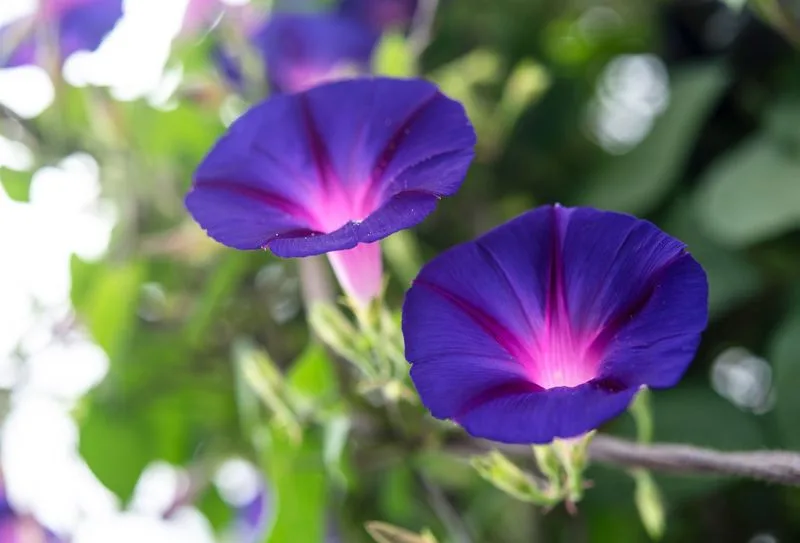
Morning Glory may enchant with its stunning blooms, but its growth habits are far from charming. This fast-growing vine can quickly overwhelm structures and other plants. Its dense foliage and twining stems can suffocate nearby vegetation, leading to reduced biodiversity. Once established, Morning Glory’s vigorous growth makes it challenging to control, often requiring consistent pruning. For those seeking an orderly garden, it’s advisable to keep this aggressive grower at bay. Consider more manageable climbing plants instead.
Yellow Flag Iris
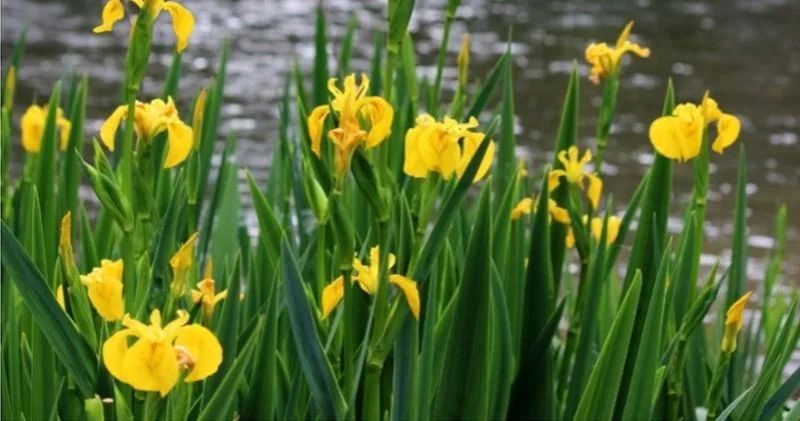
Yellow Flag Iris stands out in wetlands with its bright yellow flowers, yet it poses significant ecological risks. The plant spreads via rhizomes and seeds, forming dense stands that displace native wetland species. Its presence alters water flow and sediment patterns, affecting aquatic habitats. Control is challenging, often involving manual removal and careful disposal to prevent regrowth. For those aiming to support diverse ecosystems, avoiding Yellow Flag Iris is crucial.
Russian Olive
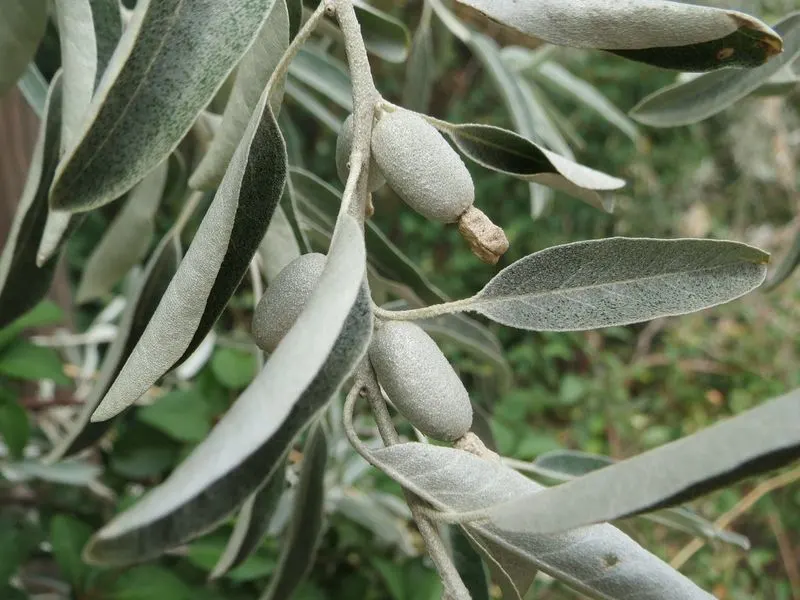
Russian Olive trees, with their silvery leaves and fragrant flowers, might seem appealing. However, these trees are notorious for spreading aggressively. They can outcompete native vegetation, altering ecosystems and reducing biodiversity. Their thorny branches can make maintenance a painful task. The trees’ ability to fix nitrogen in the soil favors their growth over other species. Removing Russian Olive is labor-intensive, often requiring mechanical or chemical methods. Consider native tree species that complement your garden’s ecosystem.
Buddleia (Butterfly Bush)
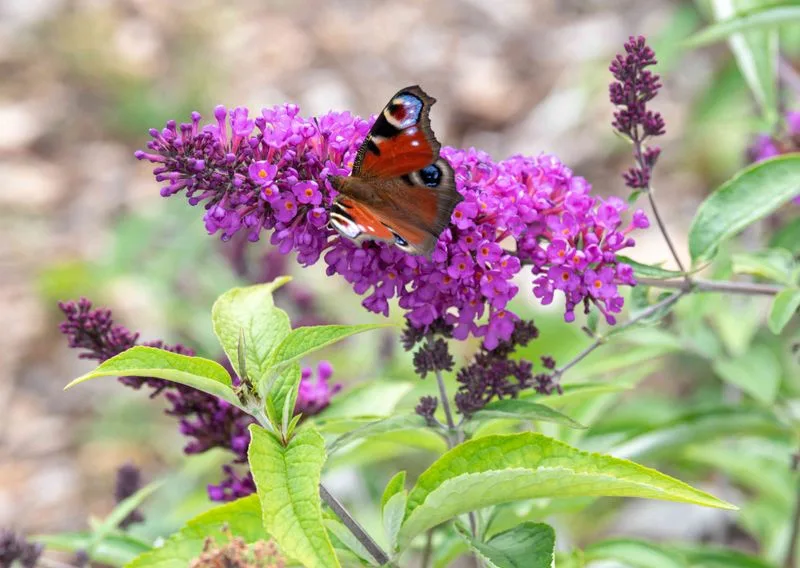
Buddleia, also known as Butterfly Bush, is beloved for attracting pollinators with its fragrant flowers. Yet, it can become a garden nuisance. The plant self-seeds prolifically, spreading beyond intended areas. Its aggressive growth can crowd out native flora, leading to reduced biodiversity. While its blooms are a butterfly magnet, the lack of nectar diversity can impact pollinator health. Regular pruning is necessary to manage its spread, making it a high-maintenance choice. Opt for more controlled flowering shrubs to support local ecosystems.
Yellow Toadflax
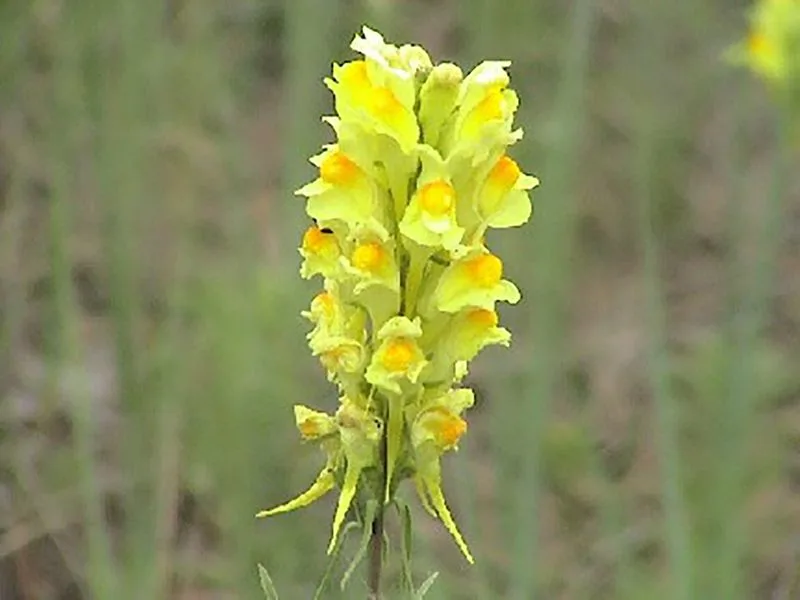
Yellow Toadflax enchants with its delicate yellow flowers resembling snapdragons. However, this perennial’s charm is deceptive. It spreads aggressively through both seeds and rhizomes, often forming dense colonies. The plant can outcompete native species, threatening biodiversity. Once established, its extensive root system makes removal difficult. Mechanical and chemical controls are typically required, posing challenges for gardeners. Consider other native perennials that support local wildlife instead of this invasive species.
Creeping Charlie
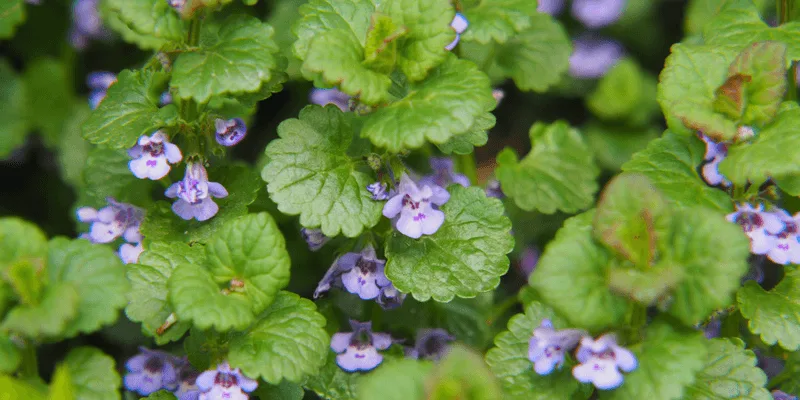
Creeping Charlie, with its round leaves and purple flowers, seems innocuous at first glance. Yet, it’s a notorious lawn invader. The plant spreads rapidly via runners, forming dense mats that suppress grass growth. Its resilience to mowing and ability to thrive in shade make it difficult to control. Once established, removal requires persistent effort, often involving both manual and chemical methods. Gardeners should be wary of its creeping nature and consider alternative ground covers that offer less competition.
Scotch Broom
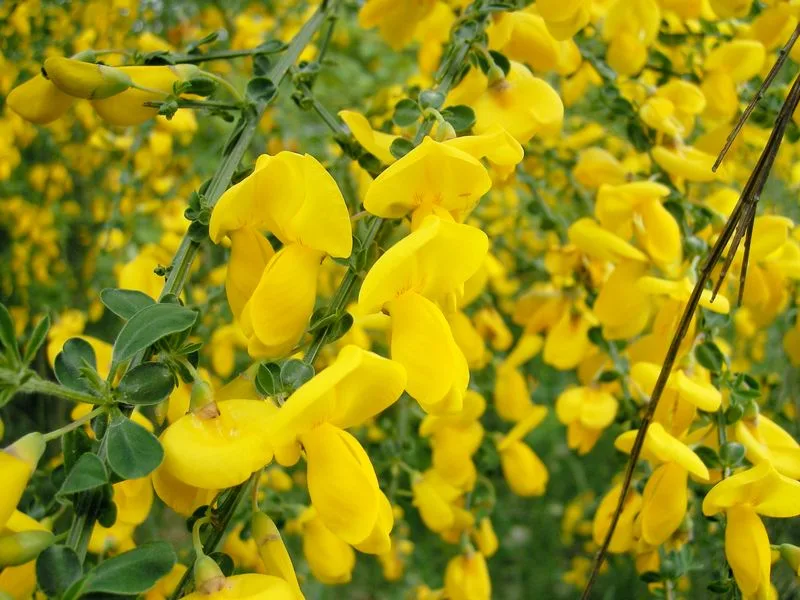
Scotch Broom lights up landscapes with its vibrant yellow flowers, yet it’s a problematic invader. The plant spreads rapidly, forming dense thickets that outcompete native vegetation. Its presence can increase fire risk due to its oily leaves. Controlling Scotch Broom is labor-intensive, often requiring removal by hand to prevent seed spread. Its seeds remain viable for decades, complicating eradication. For those interested in fire-safe and biodiverse gardens, it’s best to avoid this plant.
Privet
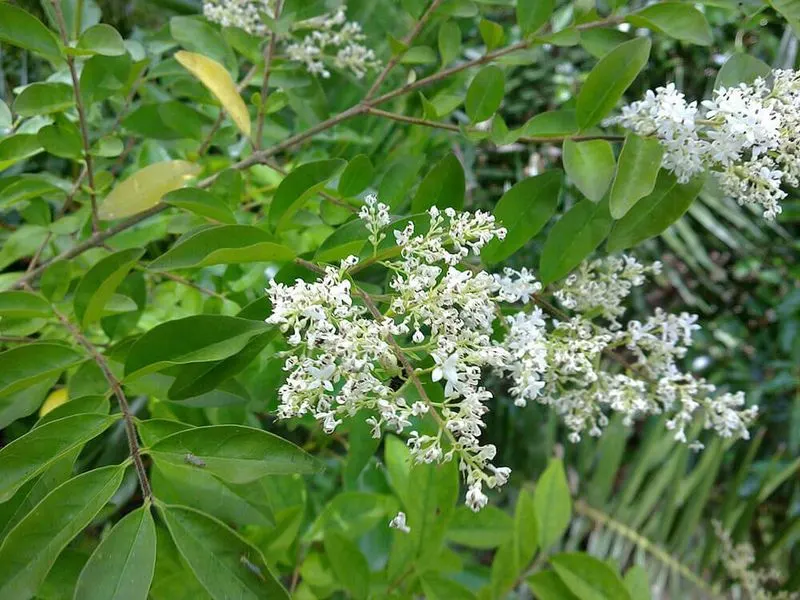
Privet is often used for hedges due to its dense foliage and quick growth. However, it can become an aggressive invader if not managed properly. Its ability to self-seed prolifically allows it to spread beyond its intended area. The plant forms dense thickets, outcompeting native species and reducing biodiversity. Regular pruning is essential to keep it in check, but this requires considerable effort. Opt for native hedging plants that support local ecosystems and require less maintenance.
Norway Maple
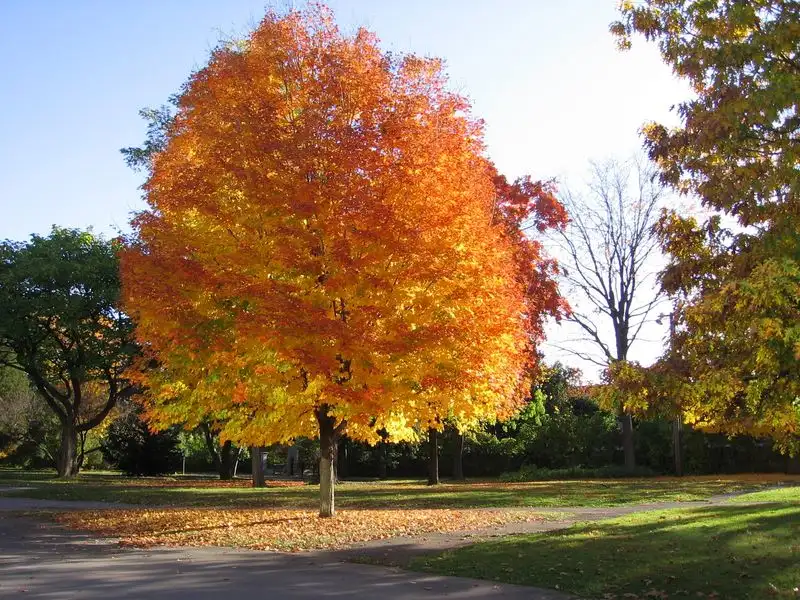
Norway Maple, with its broad leaves and dense canopy, might seem like a perfect shade tree. However, its aggressive nature can be detrimental. The tree’s dense shade suppresses the growth of understory plants, reducing biodiversity. It also produces numerous seeds, allowing it to spread quickly. Gardeners often find its roots difficult to manage, competing with lawn and garden plants for nutrients. Consider native tree species that foster a diverse and balanced ecosystem instead.
Tree of Heaven
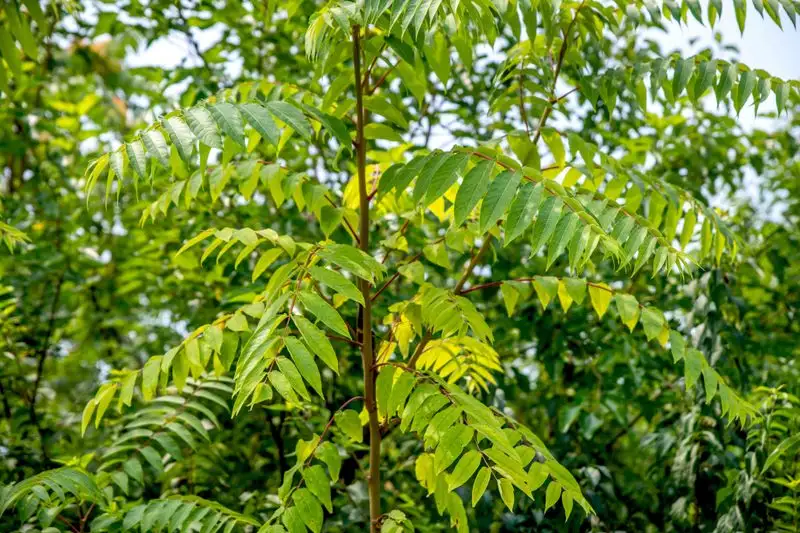
Tree of Heaven may have a heavenly name, but it is anything but divine for your garden. This tree grows rapidly, often reaching heights that overshadow other plants. Its allelopathic properties inhibit the growth of surrounding vegetation, leading to monocultures. The tree’s prolific seed production and ability to resprout make it difficult to control. It also emits an unpleasant odor, detracting from garden enjoyment. Choose native trees that support a healthy ecosystem and avoid this invasive species.
Japanese Barberry
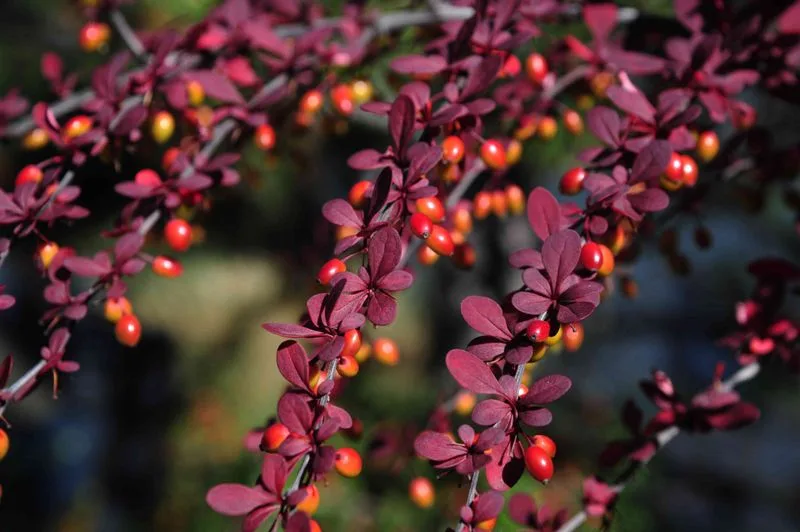
Japanese Barberry, with its thorny branches and red berries, might appear charming. However, it’s a notorious invader. The plant forms dense thickets, crowding out native species and altering soil pH. Its dense foliage provides habitat for ticks, posing health risks. Barberry’s ability to reproduce vegetatively and via seeds makes it difficult to control. Removing the plant often requires persistent effort, including mechanical removal and herbicides. For a safer and more balanced garden, opt for native alternatives.

